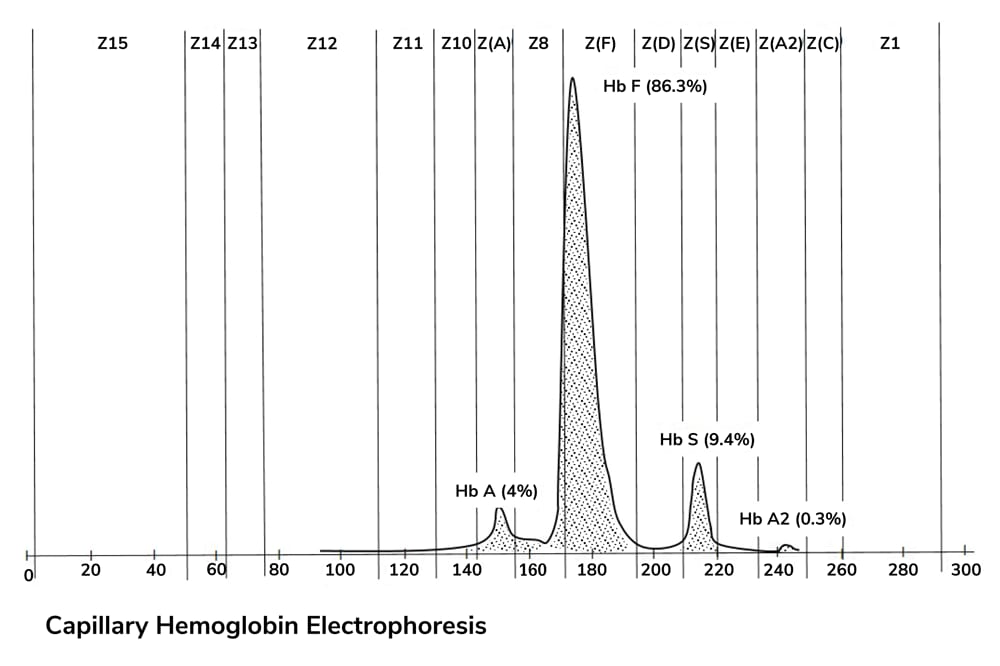We’re told that “beauty is only skin deep” – but is that true for Parkinson’s disease? It’s one of the few diseases that can only be confirmed post-mortem, relying on clinical signs and symptoms until then. Because of this, diagnostic accuracy is poor, leading to frequent misdiagnoses.
But a new study shows potential for early diagnosis (1). Researchers at Iowa State University optimized a real-time, quaking-induced conversion assay for detecting misfolded proteins in humans – testing 25 skin samples from Parkinson’s disease patients and 25 samples from people without neurological disease. The assay correctly detected clumping of alpha-synuclein proteins in 24/25 Parkinson’s disease patients and 1/25 controls.
With clinical trials hampered by misdiagnosed patients, the team hope that improving diagnostic accuracy through skin tissue testing will lead to better treatments for Parkinson’s disease.

References
- S Manne et al., Mov Disord, [Online ahead of print] (2020). PMID: 32960470.




